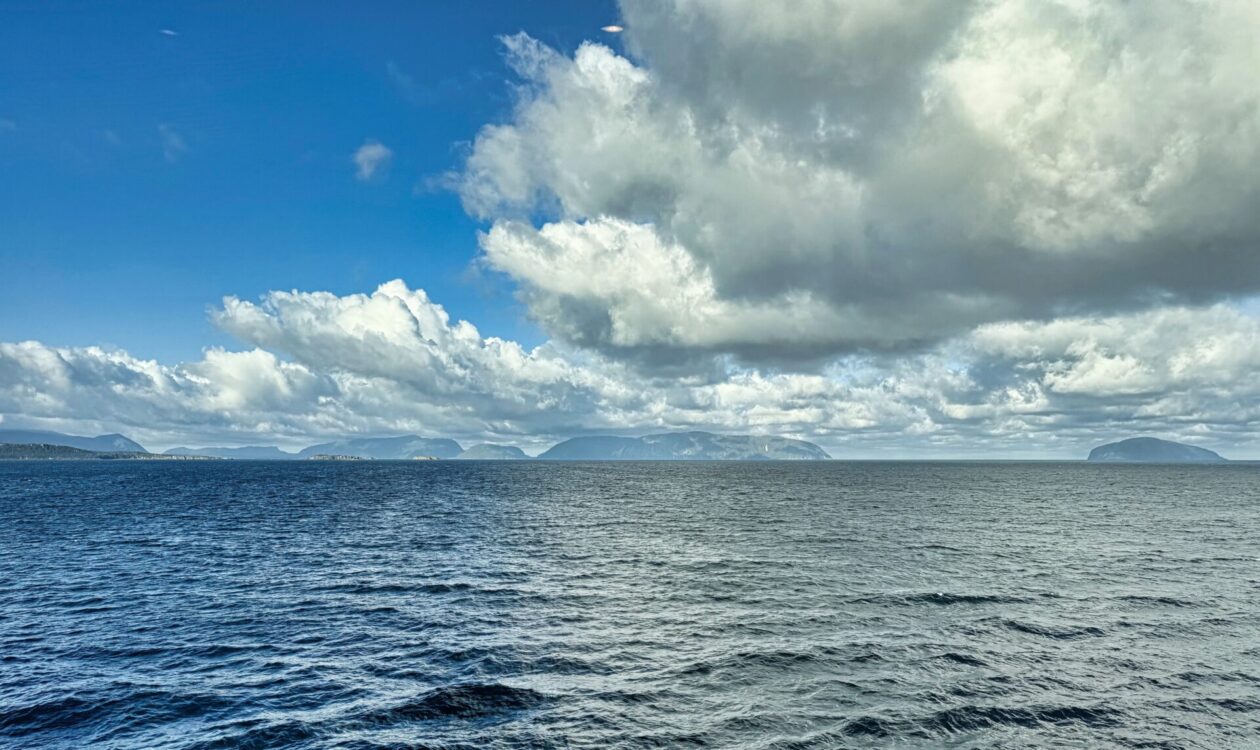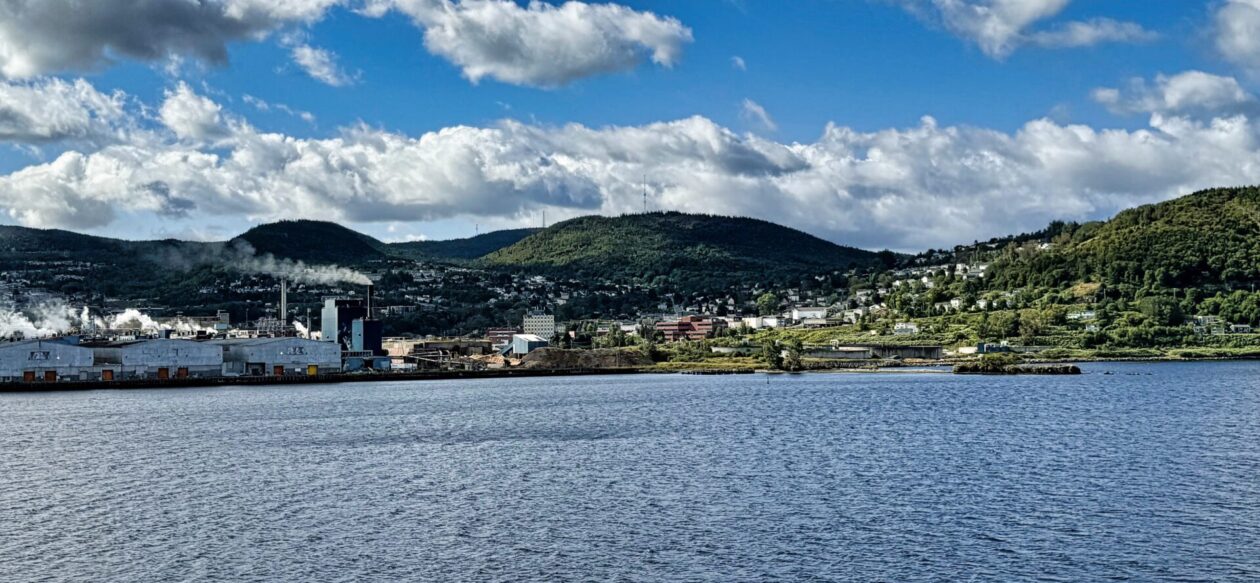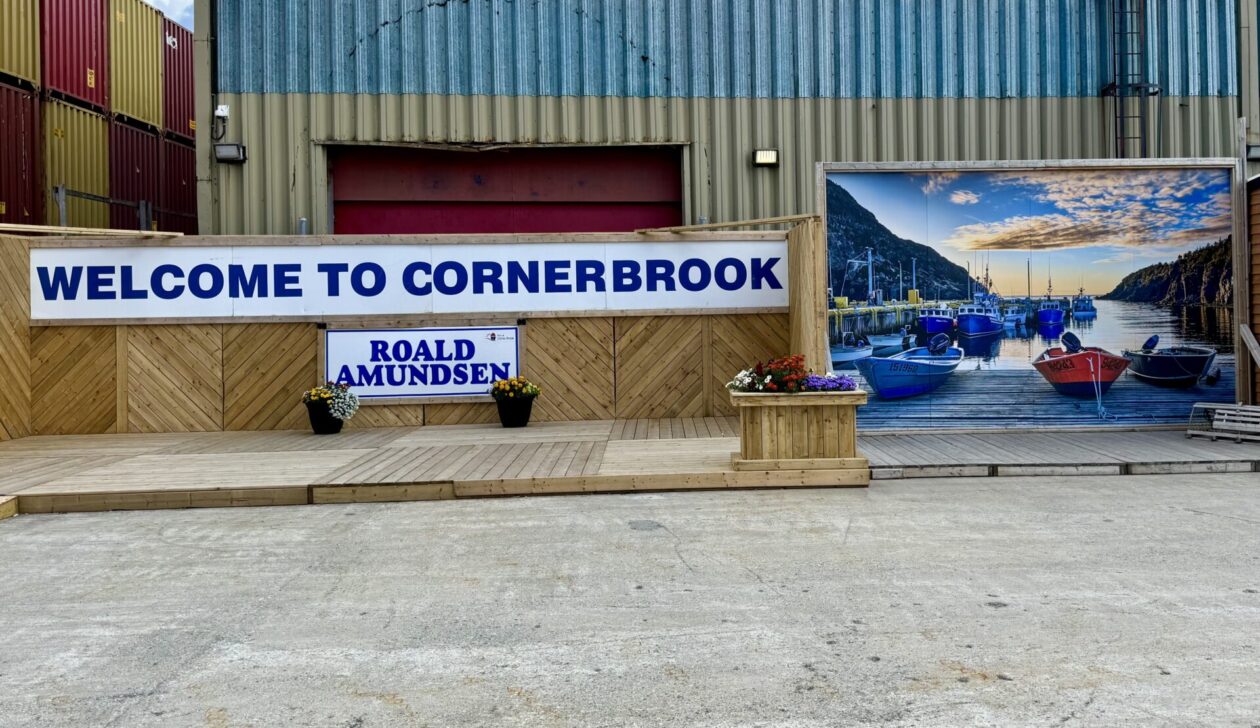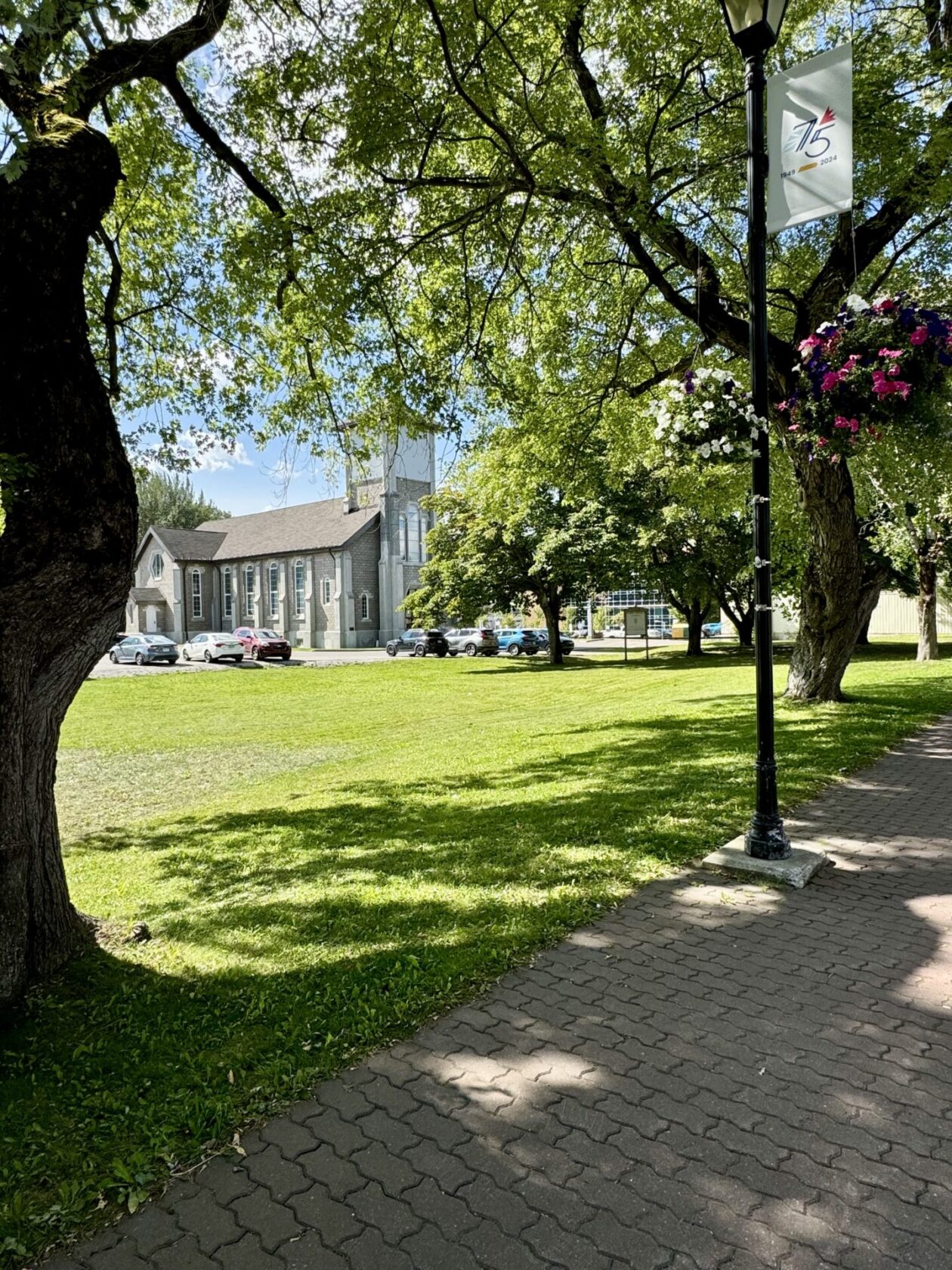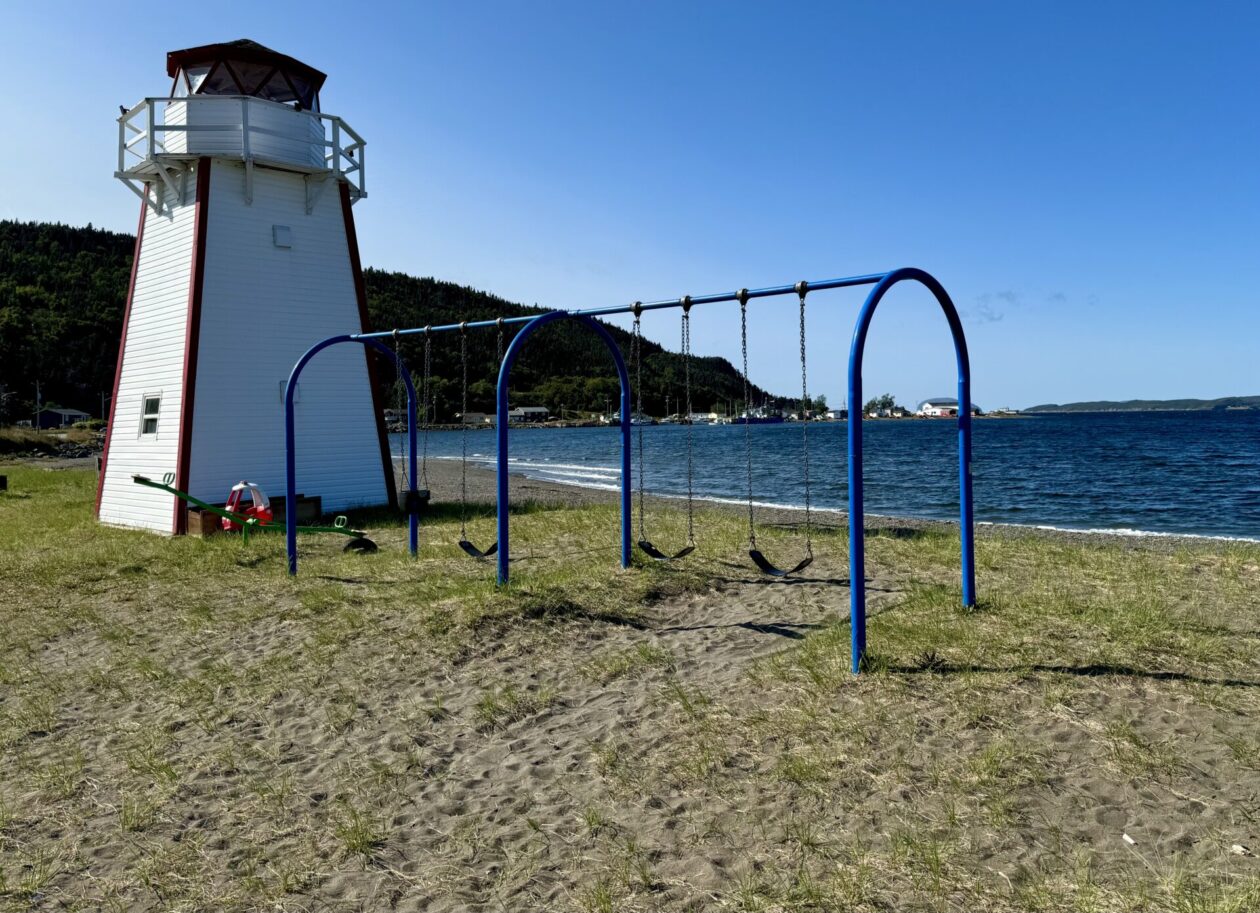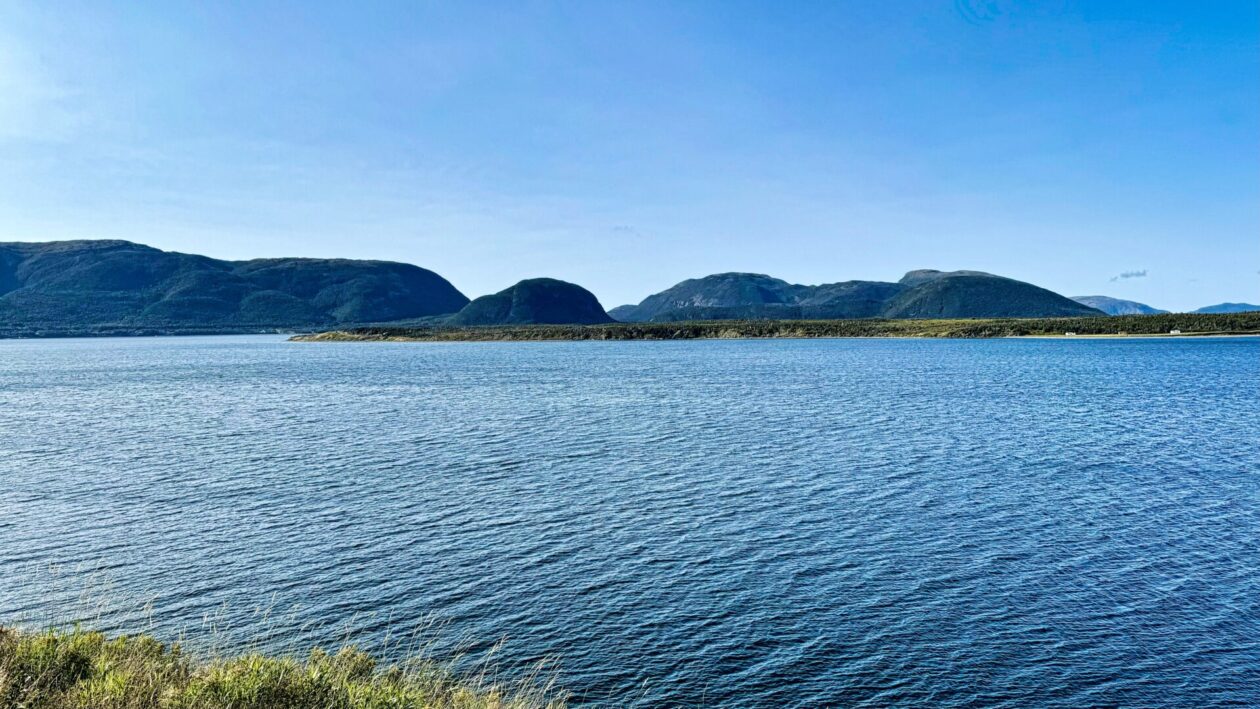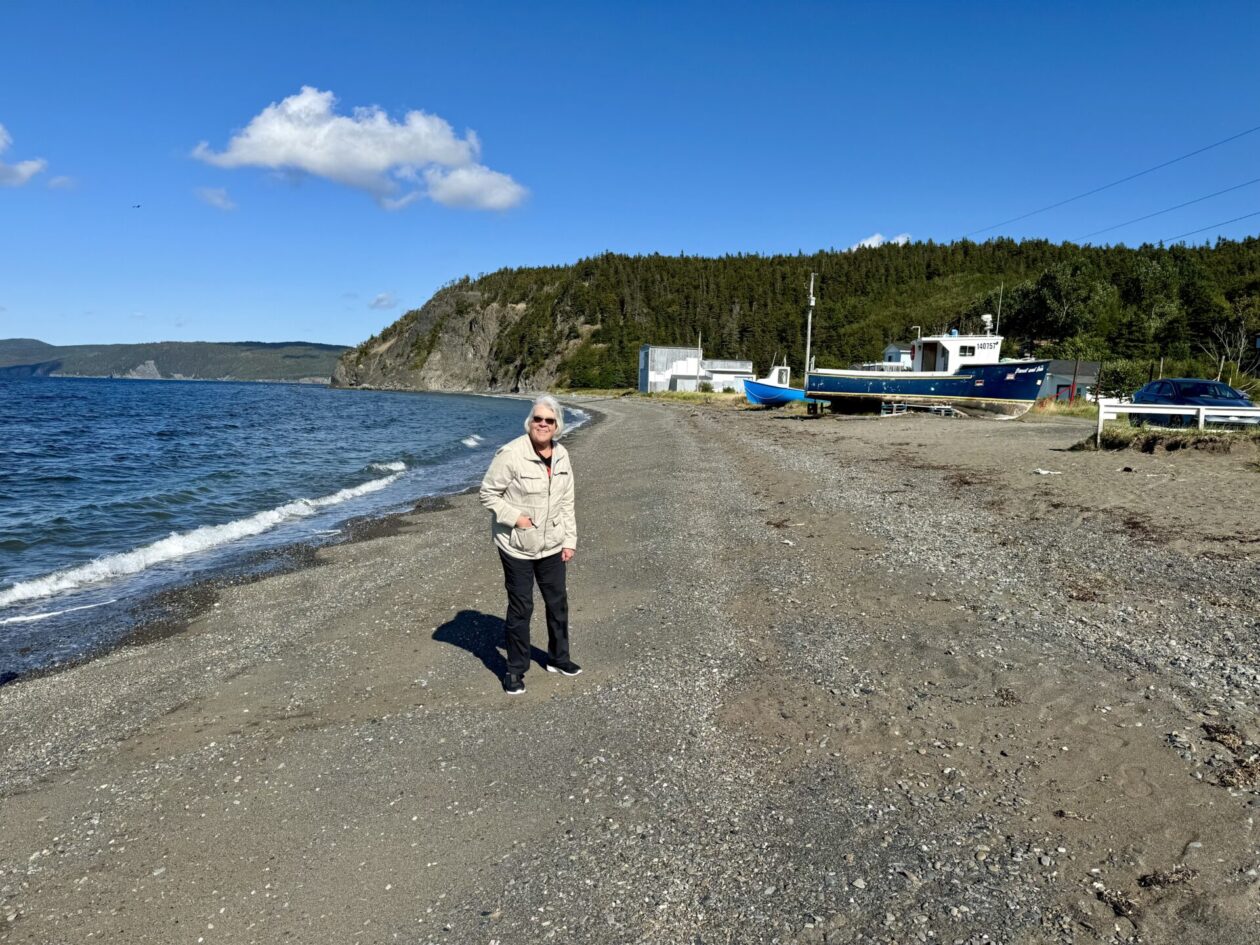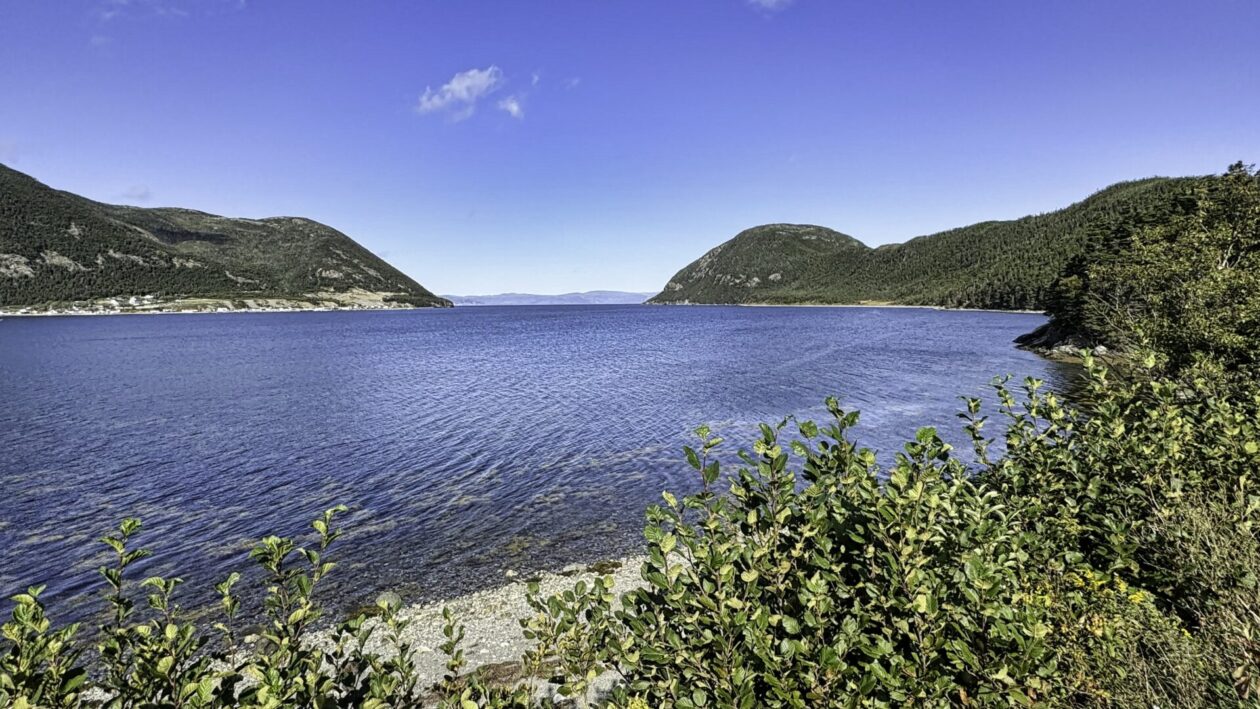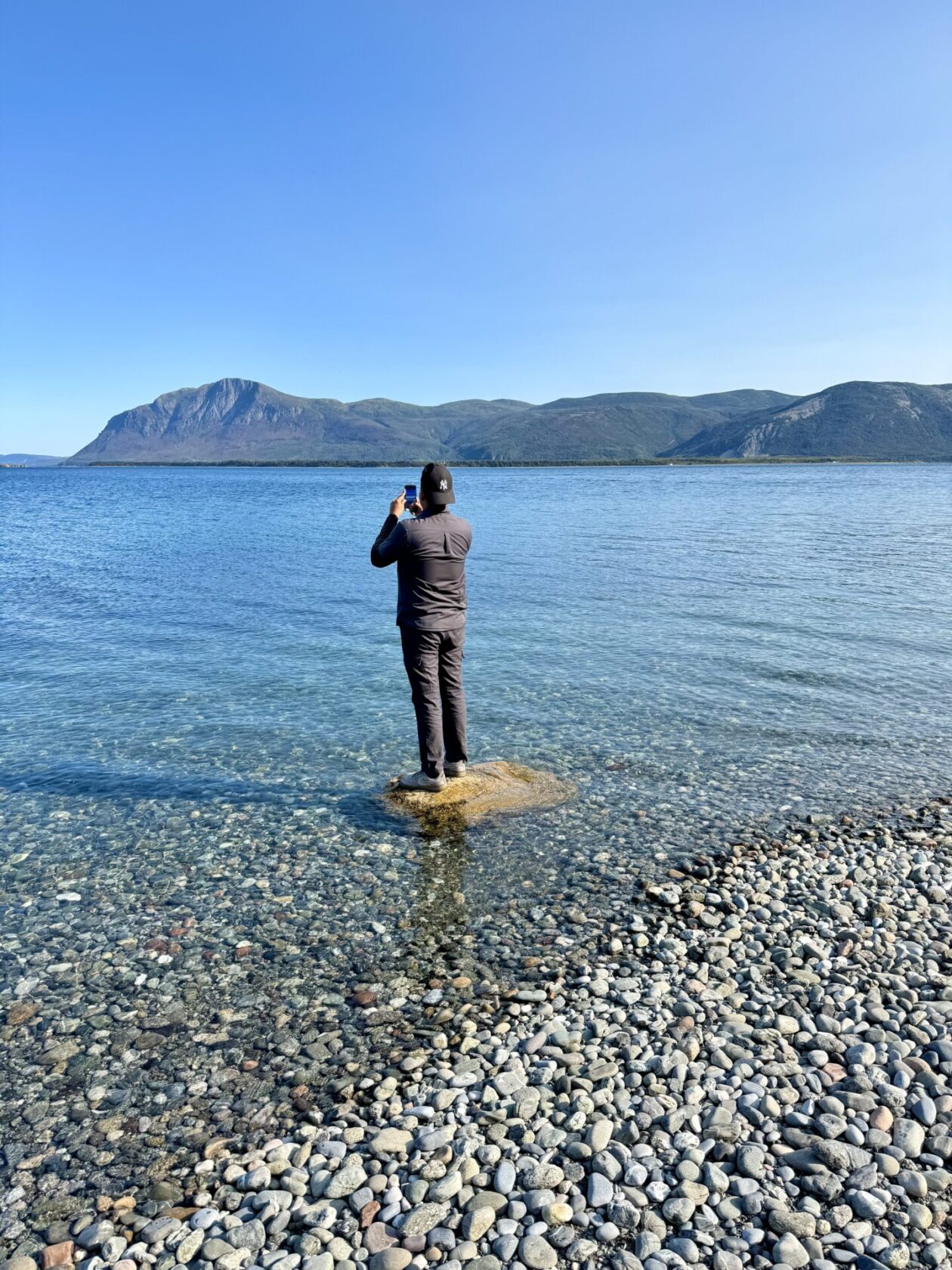- Start of trip and Nome, AL
- Herschel Island, Yukon, Canada
- Sea Day, a surprise, and the Smoking Hills, Northwest Territories, Canada
- Ulukhaktok, Northern Territories, Canada
- Murray Island, Nunavut, Northern Canada, Canada
- Cambridge Bay, Nunavut, Northern Canada
- Citizen science and Borge Island
- Gjoa Haven, Nunavut, Northern Canada
- A busy day at sea — polar bears, musk ox, and plankton, oh my!
- Prince Leopold Island, Beechey Island, and Radstock Bay, Nunavut, Northern Canada
- Croker Bay and Dundas Harbor, Nunavut, Northern Canada
- Pond Inlet and the Inuit, Nunavut, Northern Canada
- Ilulissat, Greenland
- Sisimiut, Greenland
- Red Bay, Labrador, Canada
- Corner Brook, Newfoundland, Canada and end of trip
Today, we made our final stop before disembarking in Halifax — Corner Brook. It’s on the west coast of Newfoundland and is located in the Bay of Islands at the mouth of the Humber River — one of the “arms” that make up a sub-basin of the Gulf of St. Lawrence. It is the second largest population center (behind St. John’s) with a population of just over 19,000. The city itself is an amalgam of four communities that merged in 1956. The whole area was surveyed by Captain James Cook in 1767 (where didn’t that guy go??). There appears to be a lot of pride here; not only of Corner Brook, but of Newfoundland in general. Perhaps some of this pride arises from the fact that Newfoundland used to be a British dominion (essentially a self-governing country of the British Empire) unto itself. It included both Newfoundland and Labrador. It is also the only dominion to give up its self-governing status in 1934, after 79 years of self-governance, due to some financial difficulties. It ultimately became part of Canada in 1949 as its tenth province.
We started our visit with a concert from a folk trio called the Sharecroppers. They are a group of (now retired) teachers who were originally pressured into playing at a student talent show and since have played together for around 30 years. They played a number of nostalgic tunes and talked about the pride they felt for their home. They talked a lot about the coziness of Newfoundland and the comfort in living there. We had heard something similar in Red Bay when they talked about their “kitchen parties” where people would regularly come together in each other’s kitchens to play music and sing. This reminded me of the Danish concept of “hygge” which describes a cozy, contented mood evoked by comfort and conviviality. Perhaps these feelings are associated with having to spend a lot of time indoors because of the harsh winter climates, but I sense it is more than that. Anyway, there music was great. It was sort of like being at a hootenanny.
We walked around town for a while, enjoying the clean, tree-lined streets and stopped for lunch. This is a city of parks and, apparently, there are some beautiful trails that weave through the downtown area. But we decided to explore the Bay of Islands rather than stay in town and booked a taxi ride with Abby, an Indian immigrant who proudly told us he was the youngest taxi driver in the city at age 23. It was great to learn about the culture from someone who had only been there for a little time. Driving along the highway, we quickly felt the “mountains” rising on both sides of us, the North Arm Hills to the North and the Blow Me Down mountains to the south. We passed through a number of villages along the way. What became clear is that while the primary employ of the people of Corner Brook is the paper mill, fishing and seafood processing are the way of life as you get further out on the South Shore. Apparently, it is quite crowded here in the two months of summer as this is where most of the parks and swimming areas are. But we are now in the off-season and we pretty much had the place to ourselves. Ultimately, we stopped in the village of Lark Harbour and took a walk in Blow Me Down Provincial Park. The vistas were just stunning. What surprised us even more was that our taxi driver, Abby, said that this was the first time he had ever been there. He was as taken aback as we were! After spending some time taking it all in, it was time to head back to the ship and head for Halifax.
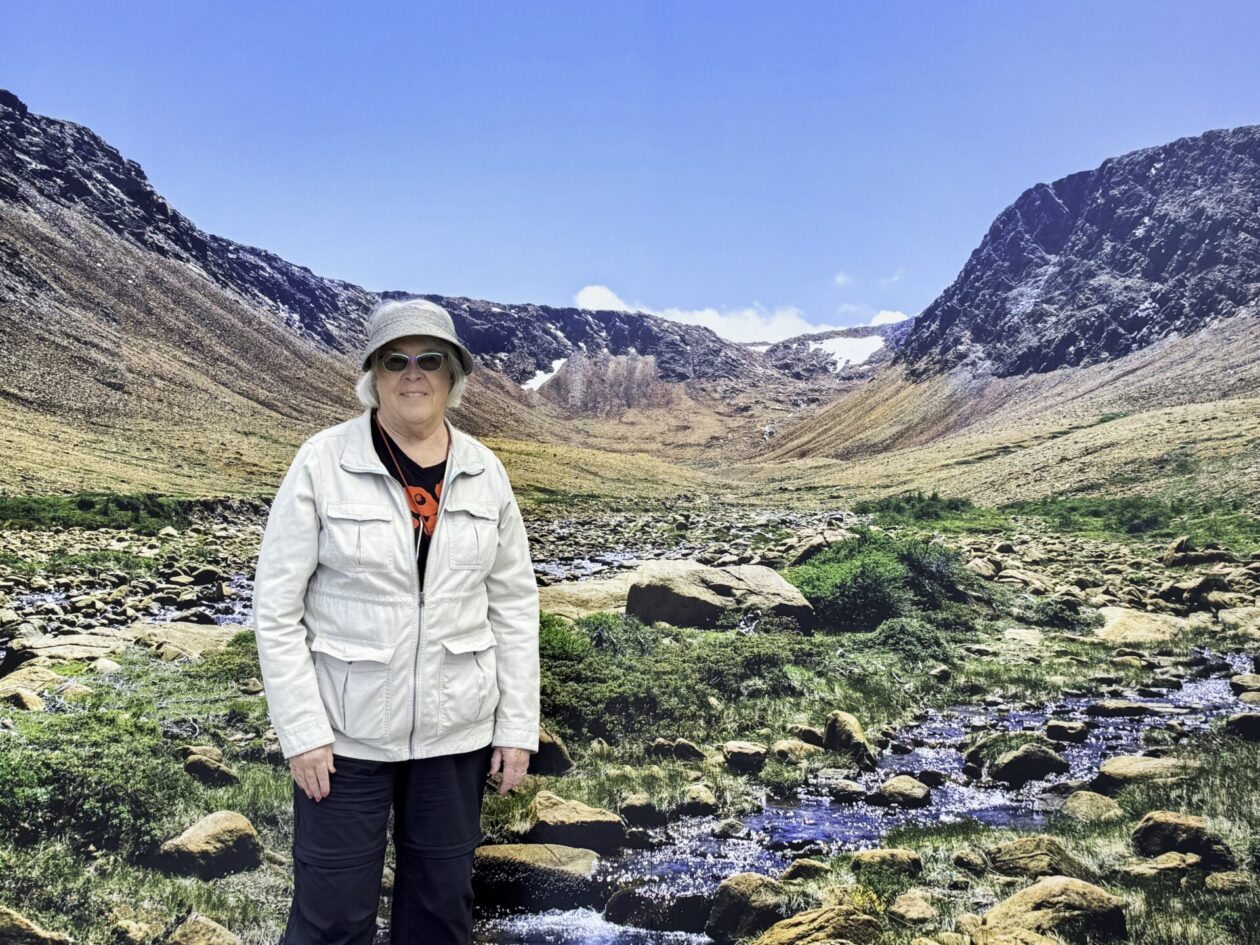
Given that tomorrow we leave the ship in Halifax (and we’ll be returning in two weeks or so), I think I’ll end the Northwest Passage story here. So what do I take away from this journey? First, the details: we traveled 5500 nautical miles; we passed through six time zones (sometimes one per night, including a thirty minute time change), and have experienced temperature ranges from just below freezing to 60 degrees. We’ve seen lots of wildlife on the West Coast and East Coast, but a dearth of wildlife in between (and yet more species than we saw in Antarctica). We’ve seen industrial level economies on the western and eastern extremes (including fishing, mining, etc.) and total subsistence living for the Inuit in between. We’ve yet again been reminded of the (perhaps) well-intentioned efforts of a government (in this case Canadian) to deal with their indigenous populations that, as usual, has turned out wrong and left entire generations struggling to deal with what they have been dealt. And all of this has been the backdrop for a trip through a wild environment, attempted to be conquered (sometimes at great loss) with great hubris only to learn that local knowledge is the best knowledge. There are natural wonders up here that don’t get much publicity outside the region, but are nonetheless compelling (the Smoking Hills come to mind). The great news is that we have had both cultural ambassadors from across the Inuit community and a science team with multidisciplinary expertise that have been able to help provide context and knowledge on a wide range of subjects. While this was originally Deb’s trip because of her love of polar exploration, it has moved me more than I expected. Life in the Arctic is hard and always has been. Those who have lived here over millennia have learned how to not only survive, but thrive. They are truly in concert with their local environment and have learned to respect and honor that connection. It has taken more than a century for the outsiders (e.g., Europeans, Americans, Russians) to truly understand and respect the environment they were trying to tame. This lesson is probably transportable to so many other environments/situations we think (as “civilized” humans) we can tame using the knowledge of the day. I don’t know if we will ever return to this area, but this trip has provided some indelible memories that I will cherish forever.
This entry was posted in Canada, Cruising, Newfoundland, Travel